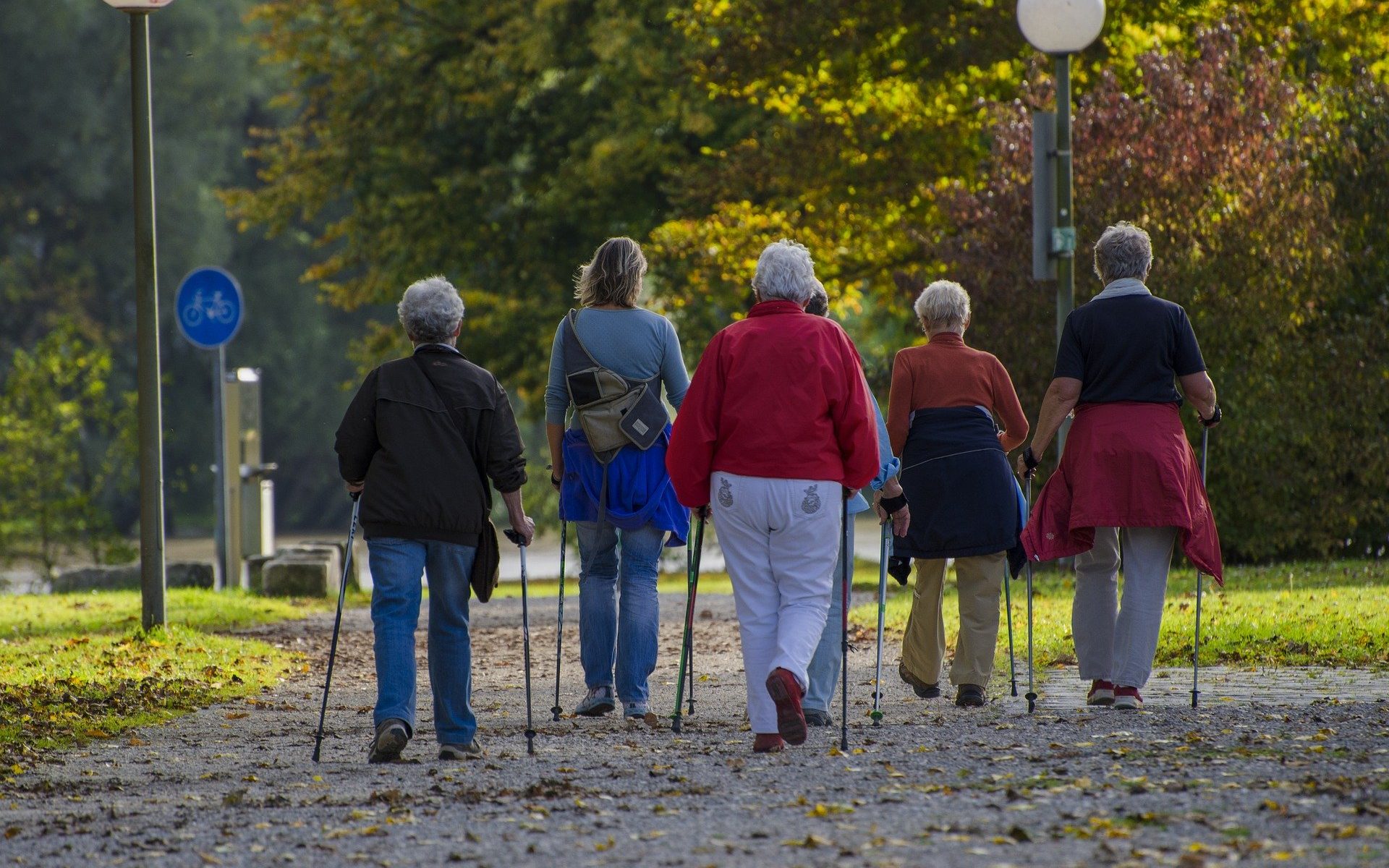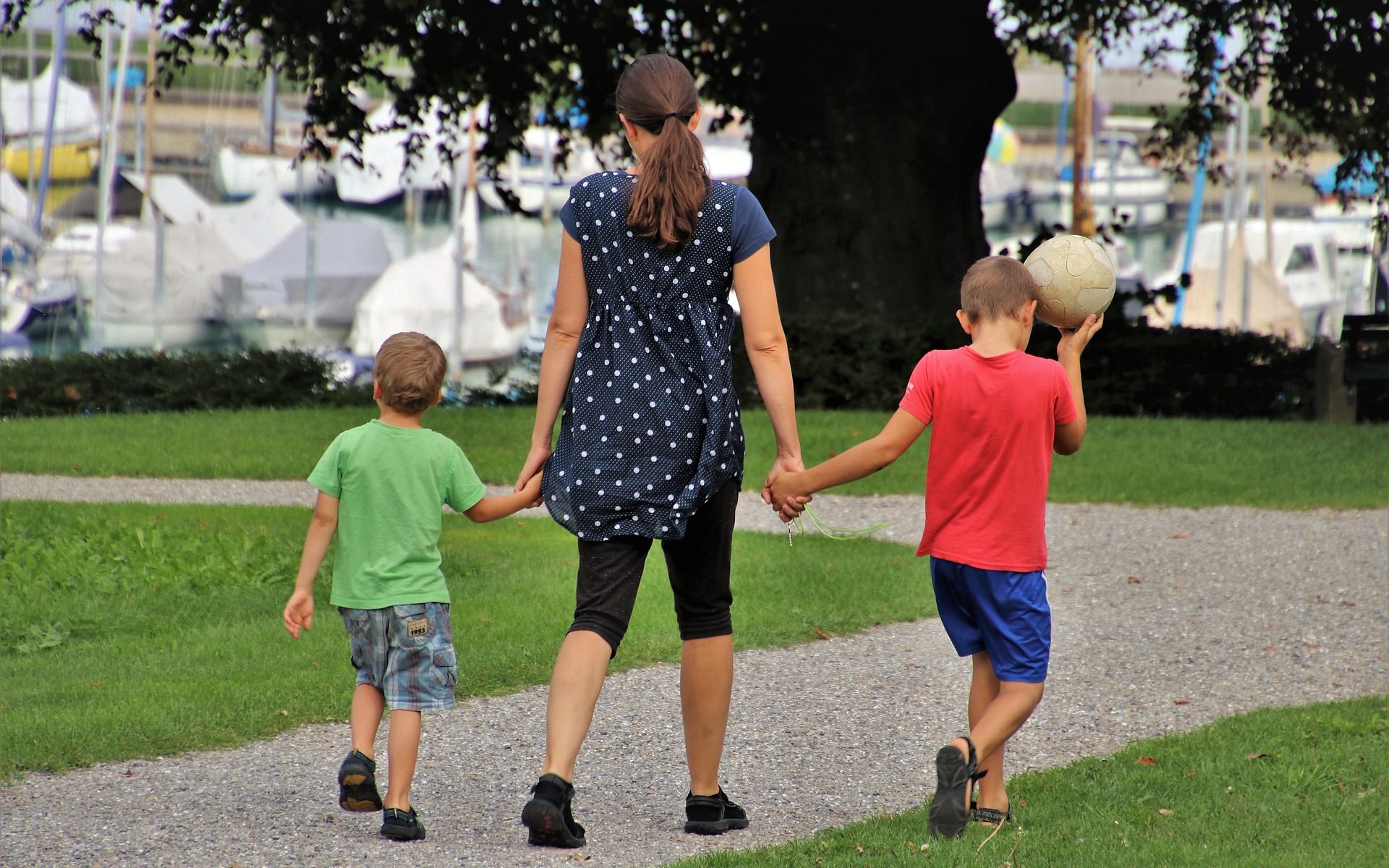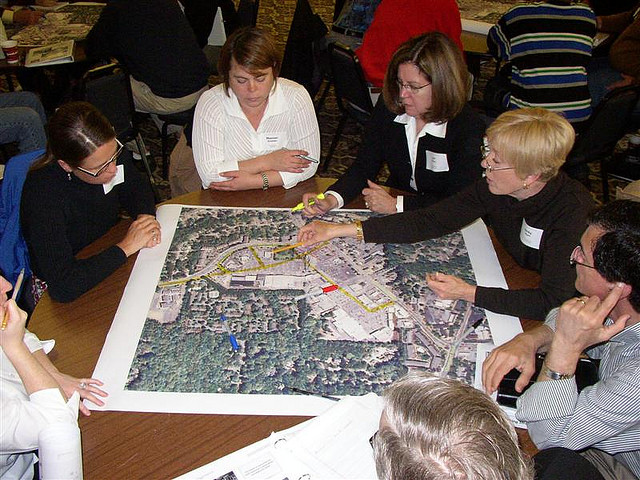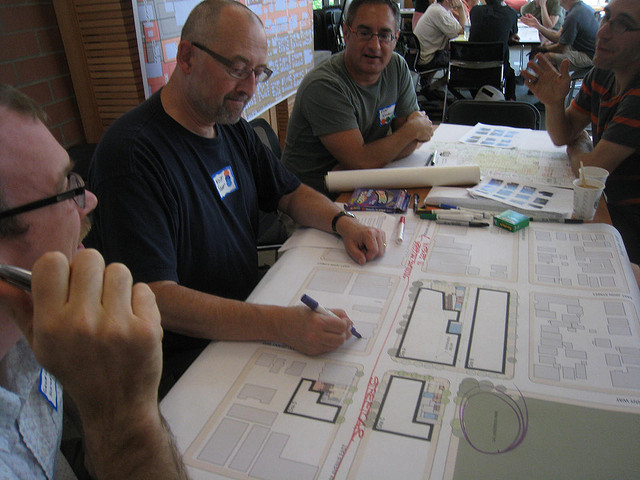Websites and apps are a relatively new way to engage with the public for policy development and specific development proposals. Public engagement apps, like Commonplace and City Swipe, can be used on smartphones, tablets and computers and provide a way to reach a different demographic (usually younger) than is typical found at engagement events.
The London Borough of Waltham Forest used the Commonplace app to engage the local community on a £30m investment program in local cycling facilities and public space. Over 15,000 comments were received from the public about their needs and feedback on design.
The findings in Waltham Forest were unexpected for some members of the community. For example, local shop owners thought that most people drove to their shops and were surprised to find that most people walk.(1) Questions can be loaded on to the app in a survey format. Data is analysed immediately and accessible in reports and infographics via a client dashboard.
Glasgow City Council worked with the Glasgow Centre for Population Health and the Greater Glasgow and Clyde NHS to create a placemaking tool called HSN Placemaker. The two key areas of focus for the project were to use placemaking to reduce obesity (through walking and cycling) and mental illness (through greater involvement in neighbourhood design and decision-making).
The interactive Placemaker tool sought to stimulate thinking and debate. Users accessed images of existing streetscapes across Scotland and chose from a selection of options to change the look or use of a place. During the process of using the tool, users were prompted to think about the impact of their choices on community health and wellbeing and the natural environment.
This tool was used to inform the Place Standard tool which has a strong emphasis on health and wellbeing.(2)
Further information
(1) Commonplace Case Study: Waltham Forest Mini Holland. Available from: http://commonplace.is/resources/miniholland-casestudy.pdf (accessed Sept 8, 2016).
The information above is summarised from a report on Healthy Planning and Regeneration: innovations in community engagement, policy and monitoring.






